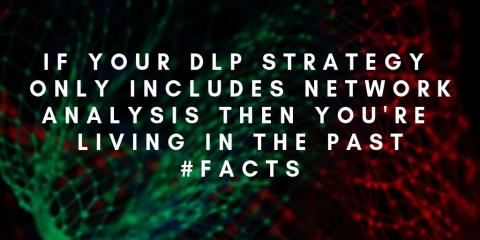Risk Mitigation Strategies
It is rightly said that “Prevention Is Better Than Cure.” This maxim can also be applied in information technology in terms of IT risks. Risk mitigation is a process whereby an enterprise takes some proactive measures or use some strategies to mitigate or eliminate risks altogether in order to prevent or reduce damage to the organization. The following sections gain an insight into some popular risk mitigation strategies organizations are looking for in 2019.







